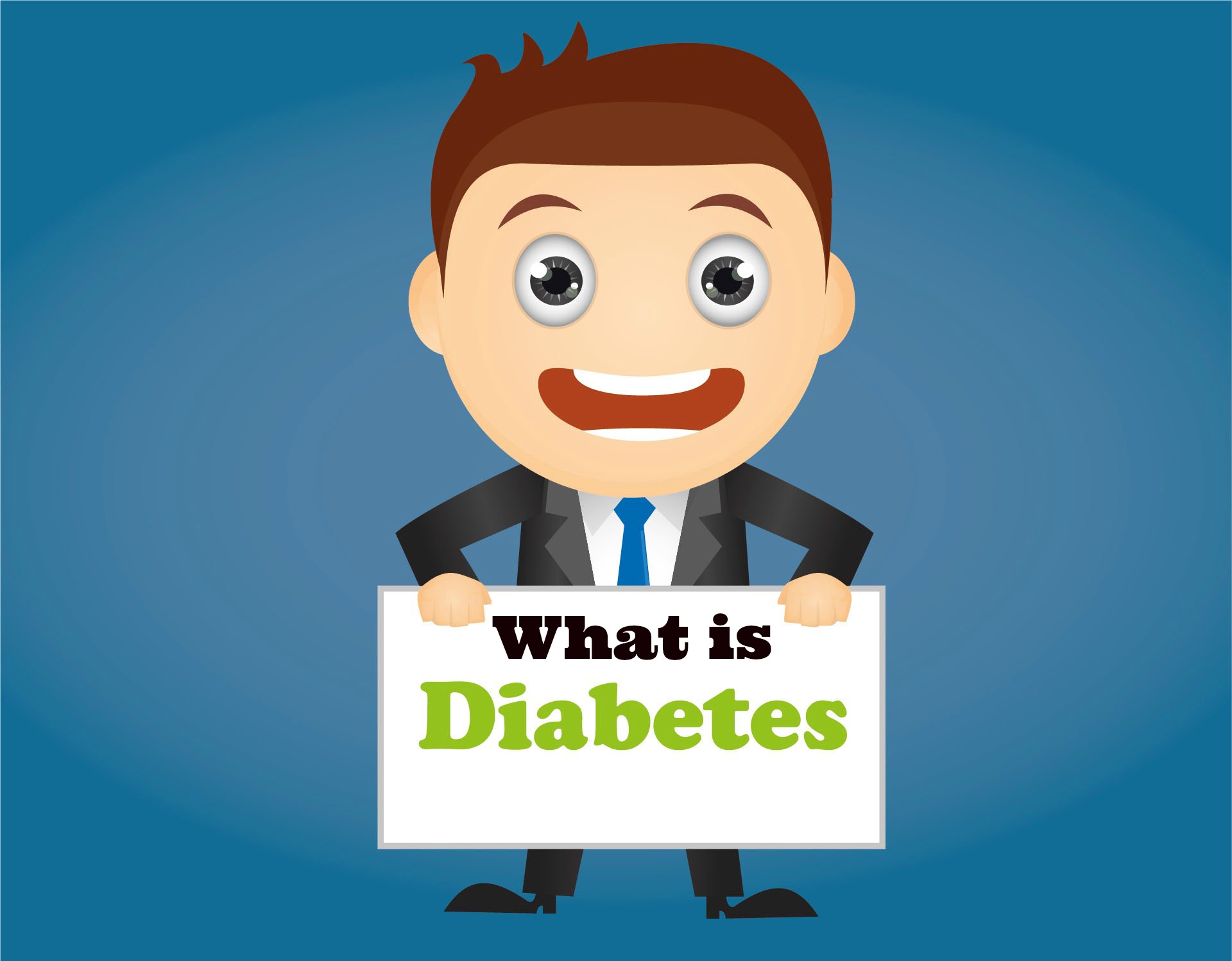Last May, I was asked by the organisers of the Future Health Summit to give a presentation on how I became an empowered person with diabetes. Some friends asked if I could blog about it. The reason for my topic choice was because the theme of the conference was Empowering the Patient, Information, Choice & Accountability and I decided to focus on Empowering the Patient element for my presentation. I feel like I am one, that diabetes does not have power over me, I have a lot of power over it.
The journey towards being an empowered patient didn’t happen overnight, for me. I would like to think that a person with diabetes diagnosed today would find empowerment much quicker than I did. But the two core elements that were pivotal in my journey didn’t really exist when I was diagnosed. Those elements were Diabetes Education & Support.
Obviously my Journey Began with diagnosis 23 years ago - 1993. Diabetes Education was extremely basic in Ireland back then, if it existed at all!
My diabetes management involved;
Injecting a fixed amount of insulin twice every day
Eating the same amount of food at the same time every day
Checking Blood Glucose levels just twice every day
And I was taught How to recognise & treat a hypo
For those first 6 years I felt like I blindly coasted through my diabetes care. I did what I was asked to but I had no idea why I was doing any of it, except to stay alive.
So what changed? What prompted me to get on the bus to empowerment?
This is going to sound corny but it was love. In 1999, I met this bloke.
Phil
This is Phil. We weren’t going out very long but he already had notions about our relationship and we weren’t going out for very long when he asked me for books or leaflets where he could learn more about helping me manage my diabetes. I was stunned! And for three reasons;
He was the first person I met who didn’t expect me to educate him on something I barely knew myself.
That the relationship was moving a bit faster than I had thought and
that I had nothing, absolutely nothing to give him when it came to information.
What I did have was access to the internet at work. So the next day, during my lunch break, I “AltaVista’d” type 1 diabetes. If you don’t know what AltaVista is, google it! :-D
I couldn’t believe what I found - the list of websites containing information was so long. I found all of these organisations with websites that had tonnes of practical information such as the Joslin Diabetes Centre and the world’s leading research organisation, the JRDF. I had never heard of these places before.
I started reading all of this information before handing it over to Phil and it got me thinking that there might be a better way to live with diabetes. But that thinking got shelved for a while as this journey is not an express route and it required a couple of transfers to reach my destination.
1st Transfer–Diabetes Education
You’ll be happy to know that I, very quickly, realised Phil was a keeper and by 2003, we had been married a couple of years, had moved to US and we were thinking about starting a family. As soon as my endocrinologist heard this he marched me off to a dietitian to learn about counting carbohydrates, insulin dose adjustment and sliding scales.
I had been diagnosed 10 years by the time I found diabetes education which now seems too long. But this knowledge gave me some of the control over this thing called diabetes for the first time. And I felt supported; supported by my diabetes team and supported with knowledge. I didn’t realised it then but my diabetes team in the US was the first I experience of patient centred care.
Family 1
family 2
2nd Transfer–Diabetes Peer Support
The 2nd transfer on my journey towards empowerment was finding peer support.
By 2007, we had moved back to Ireland, had our second baby and I was increasingly frustrated and unhappy with the diabetes care I was receiving. In June of that year I found myself at my lowest point after leaving the most humiliating diabetes appointment I’ve ever experienced. But it propelled me into action. I knew there had to be someone out there who would make me feel listened to.
I went home and remembered a recent newspaper article about a new branch of Diabetes Ireland being set up in Clare. I called the number in the piece and the lady who answered was a fellow person with type 1 diabetes. What are the odds? She had had her second baby around the same time as I had and we were both new to Clare. We instantly connected and during the course of that conversation we realised that we both wanted to meet more people like us and to do this was to set up diabetes support groups.
By the end of 2007, we had diabetes support groups and they continue to be a source of information, motivation and inspiration for me. And they, with some information from Diabetes Ireland helped me find a diabetes team that works amazing for me.
support group
Destination Reached - Person Empowered
This is where I feel my journey towards empowerment was completed. I had reached my destination.
Yes, I took the scenic route to being an empowered person with diabetes. An empowered person with diabetes who can drive her own diabetes. And I became that by finding two very simple, very basic diabetes resources but yet they are not accessible to everyone with diabetes in Ireland.
The first necessity is Diabetes education is as important as giving someone who wants to drive a car lesson and some theory. Would you really put a beginner in the driving seat of a car without it? And not just structured diabetes Education, like the university style of lectures. This education has to be an ongoing 2-way conversational style of learning, where a person with diabetes can grow in confidence, drive their own diabetes and the instructor takes more of a back seat each time.
The second is Diabetes Support and for me that comes from three sources;
At home - I may be the person with diabetes but my whole family lives with it. The more supported I am at home the more successful I will be in my diabetes management.
My Diabetes team - My journey has taught me that I need a health care team who listens to me, acknowledges all that I do to manage my care and doesn’t just focus my failings. A team that continues to teach me and a team that continues to learn.
My diabetes Peers – the most undervalued, underused resource available for people with diabetes today. Who else knows what it’s like to live with diabetes than other people with it. We learn so much from sharing our experiences, so much that can’t be taught in a hospital appointment.
So while my journey towards empowerment has been completed, my life with diabetes journey still continues. And I hope to continue that journey for many, many decades.













 From
From 
